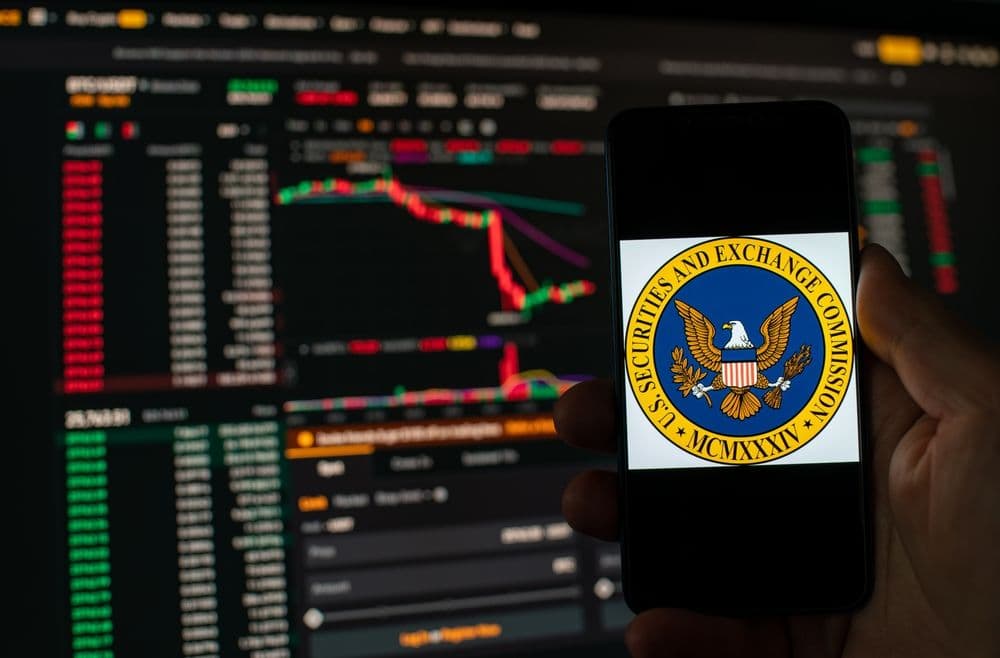The Trump administration is actively exploring plans to acquire Bitcoin for a national strategic reserve, with funding potentially sourced from tariffs and a long-overdue revaluation of U.S. Treasury gold certificates.
The proposal aims to bolster America's position in the global digital asset race - without raising taxes or increasing the national debt.
Bo Hines, Executive Director of the Presidential Council of Advisers for Digital Assets, confirmed the initiative during an April 14 interview with crypto investor Anthony Pompliano. “Everything’s on the table,” Hines said. “We’re looking at many creative ways, whether it be from tariffs, whether it be from something else.” He emphasized that the administration’s intention is to accumulate a significant Bitcoin reserve in budget-neutral ways.
One of the more unconventional strategies under discussion involves revaluing U.S. gold certificates, which are currently recorded on the Treasury’s balance sheet at a fixed price of $42.22 per ounce - a level unchanged since 1973. With the market price of gold exceeding $3,200 per ounce, a revaluation could unlock hundreds of billions in accounting surplus, potentially allowing the U.S. to fund Bitcoin acquisitions without liquidating its gold holdings.
The administration’s interest in digital assets aligns closely with the proposed BITCOIN Act of 2025, championed by Senator Cynthia Lummis. The bill suggests the federal government should acquire up to 1 million BTC over five years, sourcing some of it from already held or seized crypto assets. This legislative framework would formalize Bitcoin's role as a strategic reserve asset akin to gold.
Support for this initiative runs deep within Trump’s economic advisory circle. Commerce Secretary Howard Lutnick and Treasury Secretary Scott Bessent are among the senior officials reportedly backing the effort. According to Hines, the administration sees Bitcoin not as a speculative asset but as a long-term sovereign reserve, stating: “We obviously have made it very clear that we want to acquire as much as we can get… in ways that don’t cost the taxpayer a dime.”
A Strategic Pivot in U.S. Crypto Policy
This potential shift represents a major turning point in U.S. digital asset strategy. Historically, the federal government has primarily engaged with cryptocurrencies through enforcement actions and regulation. However, the Trump administration's latest move signals an intent to position the U.S. as a global leader in sovereign crypto adoption - mirroring efforts seen in countries like El Salvador and the UAE.
Alongside the Bitcoin acquisition strategy, the White House is also drafting a comprehensive national digital asset strategy, expected to be unveiled this summer. It will reportedly address key areas such as regulatory clarity for staking, tokenization frameworks, and the international competitiveness of U.S. dollar stablecoins. The policy is also expected to promote innovation while reinforcing national security around digital finance infrastructure.
Market Reaction and Technical Outlook
Markets have responded to the news with cautious optimism. Bitcoin, which had dropped to around $75,000 amid broader concerns over Trump-era tariffs returning, has since rebounded. As of press time, BTC is trading at approximately $85,505.
Technical indicators show that the cryptocurrency has regained its 50-day moving average, suggesting short-term bullish momentum. However, traders are watching closely as BTC approaches key resistance levels near $88,000.
The Bigger Picture: Sovereign Bitcoin Accumulation
If the U.S. follows through, it would join a small but growing list of nations integrating Bitcoin into their sovereign financial strategies. Analysts suggest that such a move by the world’s largest economy could legitimize Bitcoin further as a non-sovereign store of value and potentially spark a wave of sovereign BTC accumulation worldwide.
The outcome of this policy experiment - combining alternative funding sources like tariff revenues and gold revaluation with national crypto reserves - could set a precedent for how legacy institutions bridge into the decentralized finance era.

